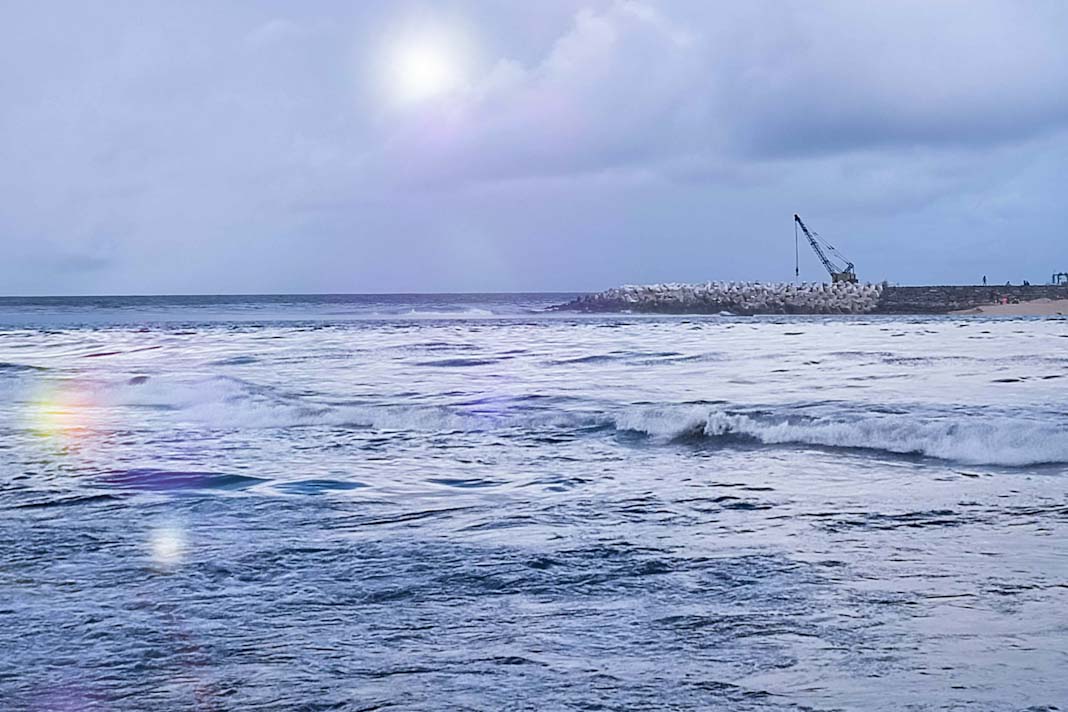- Regulatory pressure to decarbonize maritime shipping is driving ports to seek low-cost supplies of renewable ammonia worldwide.
- A new report by RMI and the Global Maritime Forum highlights the potential for increased global trade in renewable ammonia as fewer green hydrogen projects come online by 2030.
- Ports, particularly in Europe, are expected to secure supplies of ammonia and methanol at low costs to meet rising demand driven by regulation, despite varying production costs and regional trade flows.
Increased regulatory pressure on the maritime sector to decarbonize could mean ports have to draw on more low-cost supplies of renewable NH3 from around the world, reports Hydrogen Insight
Fewer Green Hydrogen Projects
The fewer green hydrogen projects that are online by 2030, the more global trade there will be for renewable ammonia for use as a shipping fuel, according to a new report published by non-profits the Rocky Mountain Institute (RMI) and the Global Maritime Forum.
Meanwhile, the EU has passed its FuelEU regulation, which sets incremental decarbonization mandates for vessels in its waters while rewarding the use of “renewable fuels of non-biological origin” — ie, made from green hydrogen.
While these may seem like small volumes compared to the share of fossil fuels that will still be supplied by 2030, the report anticipates that the increasing regulatory push will drive demand from ports — particularly in Europe — to secure supplies of ammonia and methanol at a low cost to avoid a significant green premium.
Since fewer projects also mean that lower volumes of green fuel are available at a given location, ports will have to draw from a wider range of sources to meet demand, rather than solely from where the cost of production is cheapest.
The study calculates that the cost of green ammonia by 2030 will range from $900 to $2,700 per tonne equivalent to the energy content of very-low sulfur fuel oil (VLSFO), and methanol $900 to $2,500 per tonne (VLSFO-equivalent), depending on location.
VLSFO already costs less than $700 per tonne, meaning that even if carbon taxes or other incentives push this cost, ammonia and methanol on the lower end of this cost scale will be more attractive to ports.
Meanwhile, the report indicates that the additional cost of transporting ammonia or methanol is comparatively low.
The report tracks 32 million tonnes of annual green ammonia production from announced projects by 2030, as well as a 3.5-million-tonnes-per-year pipeline for green methanol production available for shipping.
However, the report also models two scenarios for ports to supply 5% green fuels by 2030: one where all of this capacity comes online and is available for shipping, and the other where only 20% of announced projects ever reach a final investment decision.
Meanwhile, because the pipeline for methanol is already far below expected demand due to a lack of available biogenic CO2, both scenarios are expected to see much more regionalized trade flows of methanol between a smaller number of ports than for ammonia.
However, the report did not estimate the impact on the final delivered cost of ammonia or methanol between these two scenarios.
Did you subscribe to our daily Newsletter?
It’s Free! Click here to Subscribe
Source: Hydrogen Insight






















